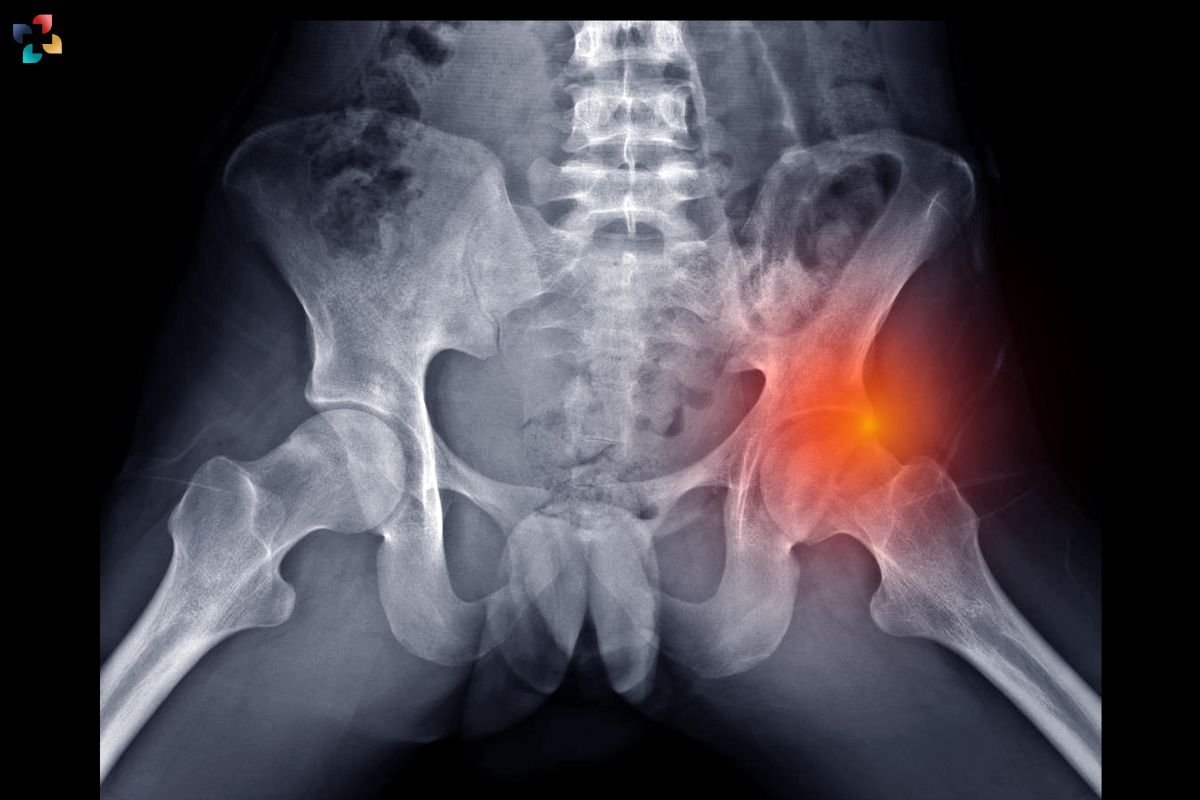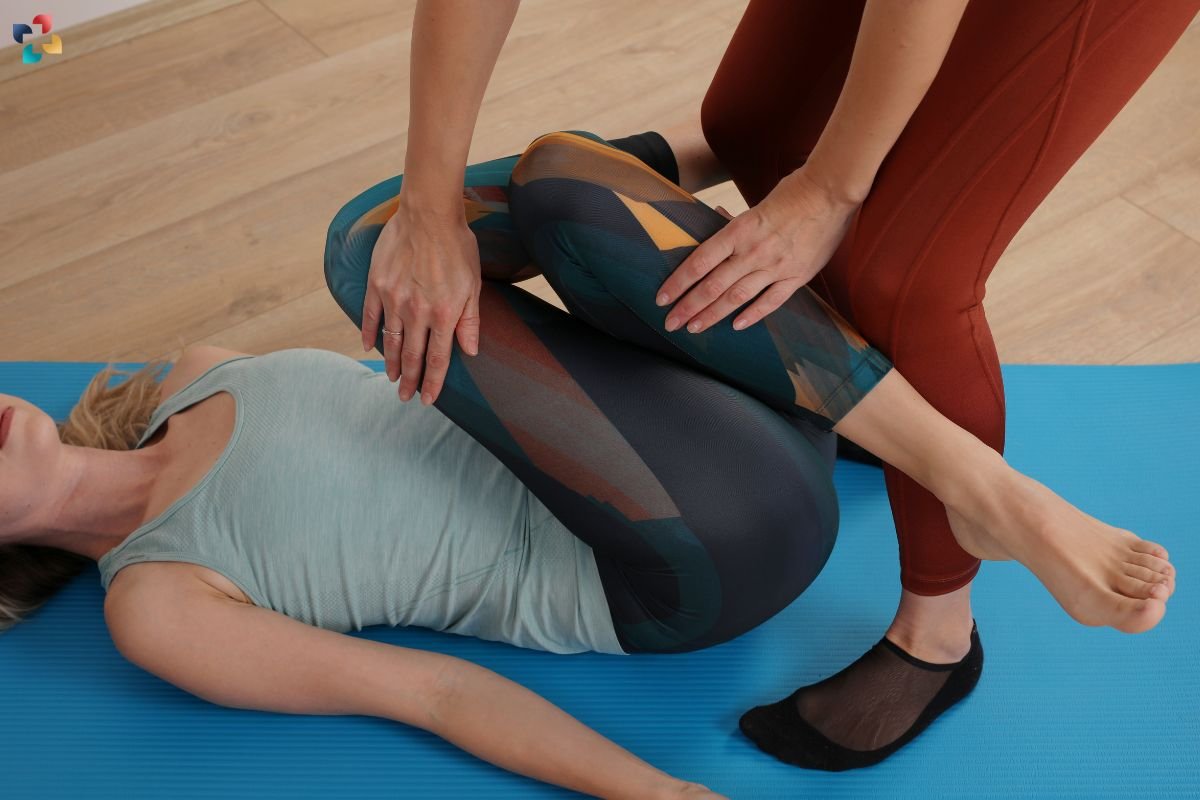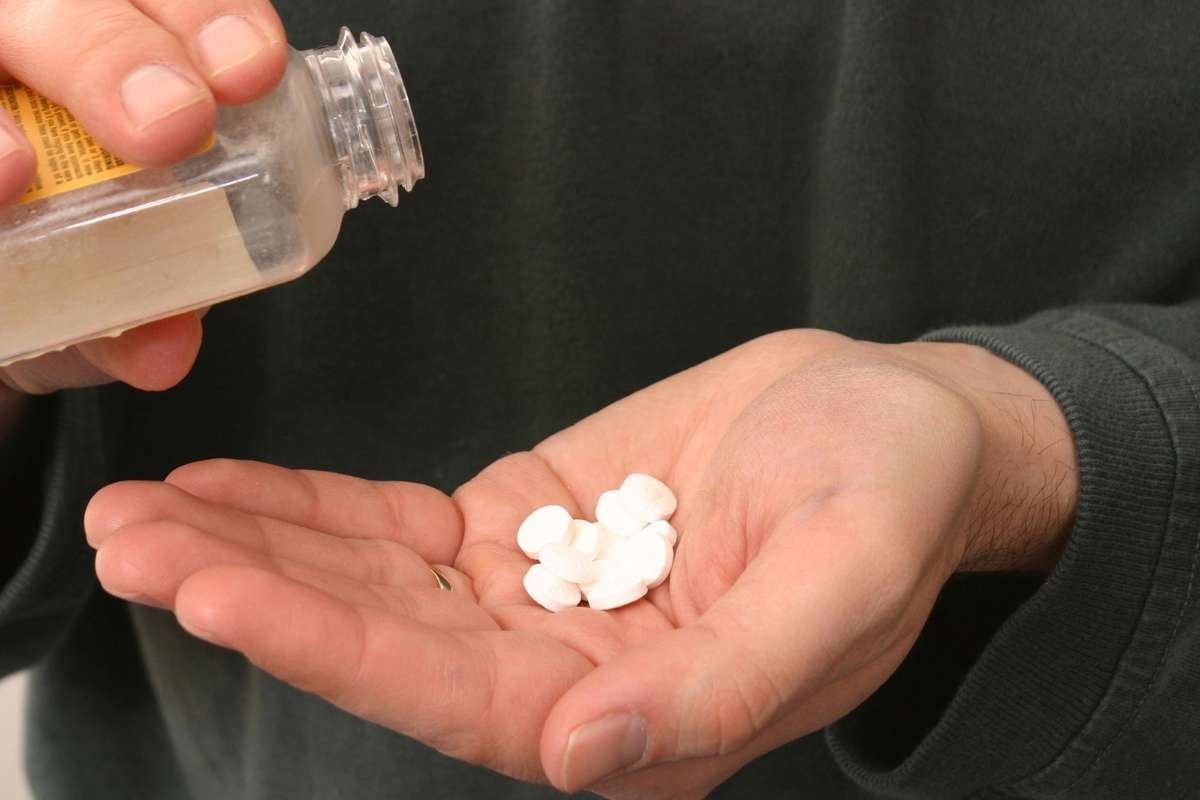Table of Contents
Hip flexor pain is a common issue affecting individuals of all ages and activity levels. The hip flexors, a group of muscles located at the front of the hip, play a crucial role in various movements, including walking, running, and bending. When these muscles become strained or injured, it can lead to significant discomfort and limitations in daily activities. This comprehensive guide will explore the causes, symptoms, treatment options, and preventive measures for hip flexor pain.
Anatomy of the Hip Flexors:
Before delving into the specifics of hip flexor pain, it is essential to understand the anatomy of the hip flexors. The primary muscles involved in hip flexion include:
1. Iliopsoas Muscle
The iliopsoas muscle is composed of the iliacus and psoas major muscles. It is the most powerful hip flexor, responsible for lifting the thigh towards the abdomen.
2. Rectus Femoris
Part of the quadriceps group, the rectus femoris also assists in hip flexion and knee extension.
3. Sartorius
The sartorius, the longest muscle in the body, runs from the hip to the knee and aids in hip flexion, abduction, and external rotation.
4. Tensor Fasciae Latae
The tensor fasciae latae (TFL) works with the iliotibial band to stabilize the hip and assist in flexion and abduction.
Causes of Hip Flexor Pain:
Hip flexor pain can arise from various causes, including:
1. Muscle Strain
Overstretching or tearing of the hip flexor muscles, often due to sudden movements or overuse, can lead to muscle strain. Athletes, especially runners and dancers, are prone to this type of injury.
2. Tendinitis
Hip flexor tendinitis occurs when the tendons connecting the hip flexor muscles to the bones become inflamed. Repetitive activities or prolonged sitting can contribute to this condition.
3. Hip Flexor Tear
A severe form of muscle strain, a hip flexor tear involves partial or complete rupture of the muscle fibers. This injury typically results from high-impact activities or sudden trauma.
4. Bursitis
Inflammation of the bursae, small fluid-filled sacs that cushion the hip joint, can cause hip flexor pain. Bursitis often develops due to repetitive motion or prolonged pressure on the hip.
5. Hip Impingement

Hip impingement, or femoroacetabular impingement (FAI), occurs when there is abnormal contact between the hip bones, leading to pain and restricted movement. This condition can affect the hip flexors and cause discomfort.
6. Osteoarthritis
Degeneration of the hip joint cartilage, common in older adults, can lead to hip flexor pain. Osteoarthritis causes stiffness, swelling, and pain in the hip joint.
Symptoms of Hip Flexor Pain:
Recognizing the symptoms of hip flexor pain is crucial for early diagnosis and treatment. Common symptoms include:
1. Pain in the Front of the Hip
The most noticeable symptom is pain in the front of the hip, which may radiate to the thigh or groin. The pain can range from mild discomfort to severe, sharp pain.
2. Stiffness and Reduced Range of Motion
Individuals with hip flexor pain often experience stiffness and a reduced range of motion in the hip joint, making it difficult to perform everyday activities.
3. Swelling and Bruising
In cases of severe muscle strain or tear, there may be visible swelling and bruising around the hip area.
4. Weakness
Weakness in the hip flexor muscles can lead to difficulty lifting the leg, walking, or climbing stairs.
5. Pain During Specific Movements
Pain may worsen during activities that involve hip flexion, such as running, jumping, or bending at the waist.
Diagnosing Hip Flexor Pain:
If you suspect hip flexor pain, it is essential to seek medical evaluation for an accurate diagnosis. The diagnostic process typically includes:
1. Medical History
A healthcare professional will review your medical history, including any previous hip injuries, physical activities, and the onset of symptoms.
2. Physical Examination
A physical examination helps assess the range of motion, muscle strength, and areas of tenderness. The doctor may also perform specific tests to pinpoint the source of pain.
3. Imaging Tests
Imaging tests such as X-rays, MRI, or ultrasound may be ordered to visualize the hip structures and identify any abnormalities or injuries.
Treatment Options for Hip Flexor Pain:

Effective treatment for hip flexor pain depends on the severity of the condition and the underlying cause. Common treatment options include:
1. Rest and Activity Modification
Resting the affected hip and avoiding activities that exacerbate the pain is crucial for recovery. Modifying activities to reduce stress on the hip flexors can help prevent further injury.
2. Ice and Heat Therapy
Applying ice packs to the hip can help reduce inflammation and pain, especially in the acute phase of injury. Heat therapy, such as warm compresses or heating pads, can alleviate muscle stiffness and promote blood flow.
3. Pain Medications
Over-the-counter pain medications such as ibuprofen or acetaminophen can help manage pain and reduce inflammation. In more severe cases, a doctor may prescribe stronger medications.
4. Physical Therapy
Physical therapy is a cornerstone of treatment for hip flexor pain. A physical therapist can design a tailored exercise program to improve flexibility, strength, and range of motion. Key exercises may include gentle stretching, strengthening exercises, and functional training.
5. Stretching Exercises
Incorporating regular stretching exercises can help alleviate hip flexor pain and prevent future injuries. Effective stretches include the standing hip flexor stretch, kneeling hip flexor stretch, and the pigeon pose.
6. Strengthening Exercises
Strengthening the hip flexors and surrounding muscles can provide better support and stability to the hip joint. Exercises such as leg raises, bridges, and planks can be beneficial.
7. Massage Therapy
Massage therapy can help relieve muscle tension, improve circulation, and promote relaxation. A licensed massage therapist can target the hip flexors and other related muscles.
8. Corticosteroid Injections
For severe or persistent pain, corticosteroid injections may be recommended to reduce inflammation and provide relief.
9. Surgical Intervention
In rare cases where conservative treatments fail, surgical intervention may be necessary to repair torn muscles or address structural abnormalities.
Preventing Hip Flexor Pain:

Preventing hip flexor pain involves adopting healthy habits and practices to maintain hip health and flexibility. Here are some preventive measures:
1. Warm-Up and Cool Down
Always warm up before engaging in physical activities and cool down afterward. A proper warm-up prepares the muscles for activity, while a cool-down helps prevent stiffness.
2. Incorporate Stretching
Regularly incorporating stretching exercises into your routine can improve flexibility and reduce the risk of hip flexor pain. Focus on stretching the hip flexors, quadriceps, hamstrings, and lower back.
3. Strength Training
Strengthening the hip flexors and surrounding muscles can enhance stability and support for the hip joint. Include exercises that target the core, glutes, and legs.
4. Gradual Progression
When starting a new exercise program or increasing the intensity of your workouts, do so gradually. Avoid sudden increases in activity levels to prevent overuse injuries.
5. Proper Footwear
Wearing appropriate footwear that provides adequate support and cushioning can help reduce stress on the hip flexors, especially during high-impact activities.
6. Maintain Good Posture
Maintaining good posture, especially during prolonged sitting or standing, can prevent undue stress on the hip flexors. Avoid slouching and practice ergonomic principles.
7. Listen to Your Body
Pay attention to your body’s signals and avoid pushing through pain. If you experience discomfort or pain in the hip flexors, take a break and seek appropriate treatment.

Effective Shin Splint Stretches: A Comprehensive Guide to Relief and Prevention
This comprehensive guide will delve into the best shin splint stretches, their benefits, and tips for incorporating them into your exercise regimen.
Conclusion
Hip flexor pain is a common and often debilitating condition that can significantly impact daily activities and athletic performance. Understanding the anatomy of the hip flexors, recognizing the causes and symptoms of hip flexor pain, and seeking appropriate treatment are crucial steps towards recovery.
Incorporating preventive measures, such as regular stretching, strengthening exercises, and maintaining good posture, can help reduce the risk of hip flexor pain. If you experience persistent or severe hip flexor pain, consult a healthcare professional for a comprehensive evaluation and tailored treatment plan.
By adopting a proactive approach to hip health, you can effectively manage and prevent hip flexor pain, ensuring a more active and pain-free lifestyle.







